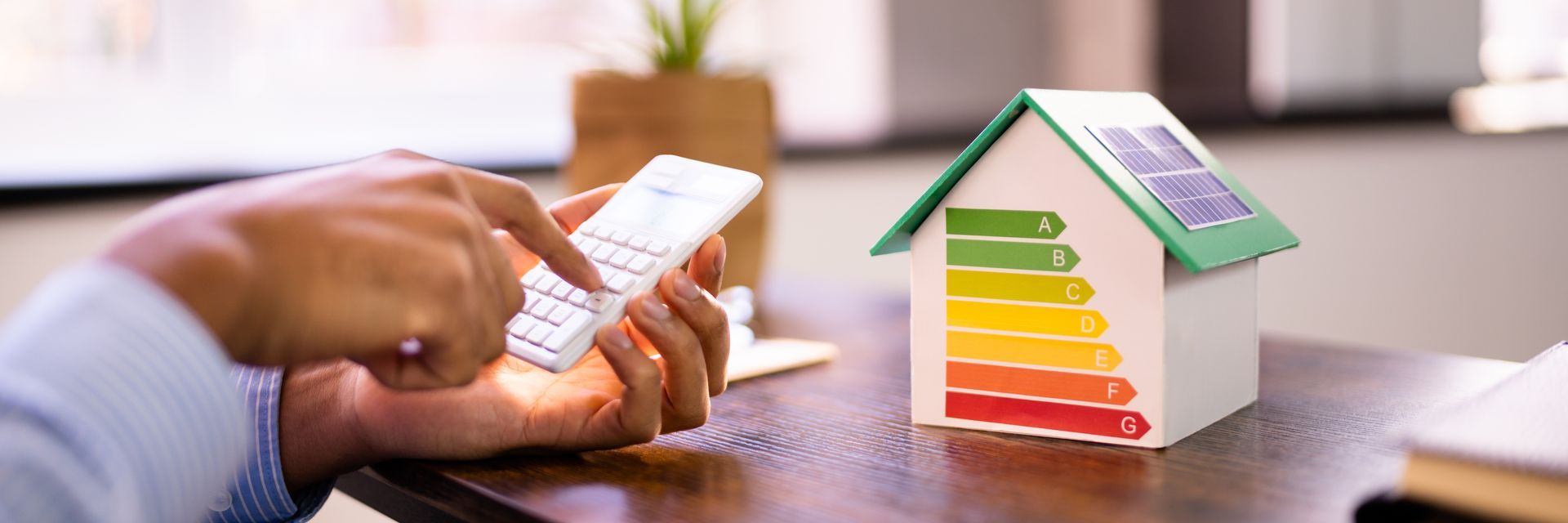Eco-Friendly Moving Tips: Sustainable Packing and Planning Guide

In the journey of moving to a new home, the process of packing and planning can often be overwhelming. As individuals prepare to transition to a new space, there's an increasing awareness of the environmental impact associated with traditional moving practices. By adopting sustainable practices such as minimizing waste, using recycled materials, and reducing energy consumption, movers can significantly reduce their carbon footprint and contribute to a healthier planet. Through this guide, readers will gain valuable insights into how they can make their move more eco-friendly while also saving money and resources. Whether you're a first-time mover or a seasoned pro, this guide is designed to empower individuals to make environmentally responsible choices as they embark on their moving journey.
Understanding Eco-Friendly Moving
Moving to a new home is an adventure that often requires a significant amount of planning and materials, most notably, packing supplies. Traditional moving supplies, while convenient, pose considerable environmental challenges. These materials, such as plastic wrap, styrofoam peanuts, and bubble wrap, can take centuries to decompose, contributing significantly to landfill waste. As environmentally conscious living becomes more mainstream, the choices we make in our moving process reflect our commitment to preserving the planet. This is where eco-friendly moving comes into play.
The environmental cost of conventional moving supplies is substantial. For example, plastic-based products, including bubble wrap and plastic packing peanuts, are not only non-biodegradable but also difficult to recycle, often ending up as litter or in landfills where they remain for hundreds of years. Similarly, moving boxes, unless made from recycled materials, contribute to deforestation and the depletion of natural resources. The production and disposal of these materials emit greenhouse gases, exacerbating climate change.
Eco-friendly moving aims to mitigate these issues by promoting the use of sustainable, recyclable, or biodegradable packing materials. Defining eco-friendly moving encompasses more than just the end-products used; it also involves adopting practices that reduce waste and carbon footprint throughout the moving process. This includes minimizing the use of new materials, opting for recycled or second-hand options, and choosing suppliers that prioritize sustainability in their production methods.
The Benefits of Choosing Sustainable Packing Materials
Opting for eco-friendly moving supplies can often be cost-effective, as it encourages the reuse of materials and reduces the need for purchasing new supplies. Biodegradable and recycled materials are increasingly becoming more accessible and affordable, making it easier for individuals and families to make environmentally responsible choices. Investing in eco-friendly packing solutions can also lead to a less cluttered, more organized move, as it encourages decluttering and donating unwanted items instead of simply throwing them away.
Understanding eco-friendly moving and its significance is the first step towards making a positive impact on the environment during the moving process. By recognizing the environmental cost of traditional moving supplies and choosing sustainable alternatives, we can significantly reduce our ecological footprint. As we continue to navigate the choices in our lives, let's consider the long-term impacts of our decisions, beginning with how we approach one of life's biggest transitions: moving.
Alternatives to Common Packing Materials
Moving doesn’t have to be a burden on the environment. With a bit of creativity and awareness, you can choose packing materials that are sustainable and significantly lessen your ecological footprint.
Biodegradable Packing Peanuts
A sustainable substitute for styrofoam, biodegradable packing peanuts dissolve in water and leave no toxic waste. Made from natural, nontoxic sources such as wheat and corn starch, they offer the same level of protection for your valuables without the environmental cost. Switching to biodegradable peanuts means that you can pack your items securely without contributing to landfill waste or harming wildlife.
Corrugated Bubble Wrap
For those seeking an alternative to traditional plastic bubble wrap, corrugated bubble wrap presents an eco-friendly solution. Made from recycled cardboard, this type of bubble wrap can be recycled after use, reducing your carbon footprint. Its corrugated design ensures excellent protection for fragile items, matching the cushioning effect of plastic bubble wrap without its adverse environmental impacts.
Recycled Paper and Cardboard
Opting for recycled paper and cardboard for packing boxes and filler materials is a straightforward way to enhance your moving process's sustainability. These materials are readily recyclable and often come from post-consumer waste, reducing the demand for virgin paper products and the resultant deforestation. When selecting boxes and packing paper, look for those with a high percentage of recycled content.
Rentable Plastic Moving Boxes
Another innovative solution is rentable plastic moving boxes. These sturdy, reusable containers are delivered to your door and picked up from your new residence once you’ve unpacked. Not only do they save on cardboard waste, but their durability also offers superior protection for your belongings. This option is not only eco-friendly but also convenient and often cost-effective compared to buying new packing supplies.
Using Household Items for Packing
Finally, don’t overlook the packing potential of household items. Towels, blankets, and clothing can serve double duty as protective wrappings for delicate items, reducing the need for additional packing materials. Utilizing suitcases, bins, and baskets you already own to pack items can further decrease the demand for new moving supplies.
Incorporating these eco-friendly alternatives into your move not only helps the planet but can also make the moving process more efficient and potentially cost-effective. As we continue to seek ways to minimize our environmental impact, considering sustainable packing solutions is a significant step forward in our ecological journey.
Sourcing Eco-Friendly Packing Supplies
Making an environmentally responsible move requires more than just choosing sustainable materials; it also involves knowing where to find these supplies and how to implement strategies that reduce overall waste.
Finding Recycled and Biodegradable Packing Supplies
One of the key steps in eco-friendly moving is to source packing materials that are either recycled or biodegradable. Many retailers and online stores now specialize in eco-conscious products, including packing supplies that minimize environmental impact. Look for suppliers that offer products made from recycled paper, corrugated bubble wrap, and biodegradable packing peanuts. These materials offer a lower carbon footprint compared to their new or non-recyclable counterparts. When shopping for supplies, check for certifications or product labels that indicate a high content of recycled materials or confirm their biodegradable properties.
Tips for Reducing Waste During the Moving Process
Reducing waste goes beyond the materials you choose; it also involves adopting practices that minimize the overall use of resources. Consider decluttering before you start packing to reduce the volume of items you need to move. Selling, donating, or recycling items not only decreases your load but also prevents excess belongings from ending up in landfills. Pack efficiently to use space wisely in boxes and avoid unnecessary packaging. After the move, recycle any disposable materials and consider donating or offering reusable supplies like plastic bins to others who are moving.
Planning Your Move with Sustainability in Mind
Early planning plays a crucial role in executing an eco-friendly move. Start by assessing the amount and type of materials needed and look for opportunities to use sustainable options. Engage moving companies that prioritize eco-friendly practices or use fuel-efficient vehicles to further decrease the environmental impact of your move. Organize your belongings so that items are packed in a way that maximizes space and minimizes the need for additional packing materials.
Exploring community forums can also provide valuable insights into sourcing eco-friendly materials. Many communities have exchange programs where moving supplies can be shared among residents, thereby promoting a circular economy and reducing waste.
Moving sustainably requires a conscious effort to seek out eco-friendly packing supplies and adopt practices that reduce waste. By sourcing recycled or biodegradable materials, utilizing household items for packing, and planning with an emphasis on sustainability, your move can have a significantly lower environmental impact. In doing so, we contribute to a healthier planet for future generations while demonstrating that responsible choices are feasible, even in life's big transitions.
Remember, every step towards sustainability, no matter how small, is a step in the right direction. Your eco-friendly move is not just a personal achievement but also an inspiration to others to consider the environment in their moving plans.
Ready to make your next move eco-friendly and sustainable? Our guide to eco-friendly moving tips offers practical advice on sustainable packing and planning to reduce your environmental footprint. As you embark on this journey, consider enlisting the expertise of Danijela Quenzler Realtor.











